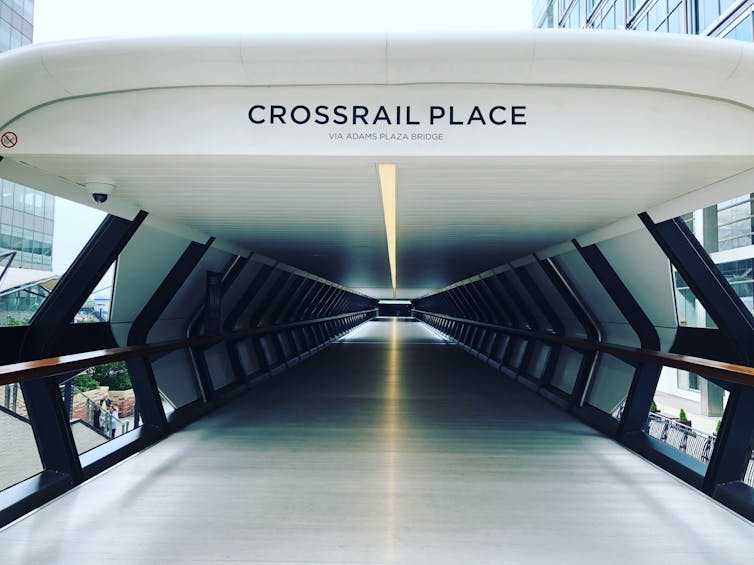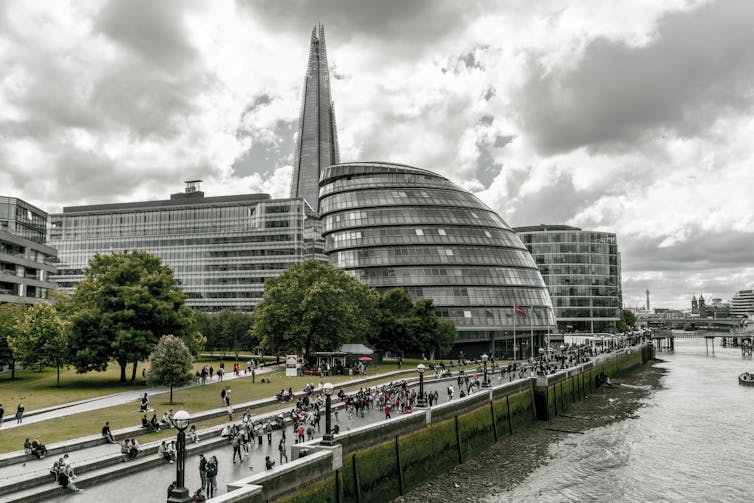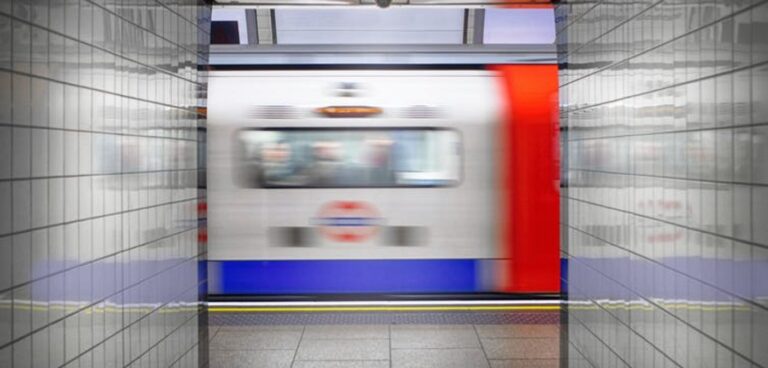The choice between Sadiq Khan and Shaun Bailey comes down to two opposing views of what transport is for – and how to fund it, writes ecturer at Essex Business School, University of Essex…
On May 6 voters in the UK head to the polls in local council elections as well as mayoral contests and elections for the Welsh Assembly and the Scottish parliament. In London, the mayoral election pits Labour incumbent Sadiq Khan against his Conservative challenger, Shaun Bailey.
The contest has, as ever, been marked by fierce clashes over Transport for London (TfL) – the capital’s transport system. The debate is simple, but big reputations are at stake. Khan’s opponents have accused the mayor of mishandling TfL by introducing unaffordable fare freezes, failing to spot major incipient delays to Crossrail (the new train line across London and south-east England, which should have been delivered in 2018) and allowing employee pensions to spiral.
His supporters, meanwhile, say Khan has intelligently managed a system that is already past its peak and is saddled with inherited debts of £9bn, despite central government funding being withdrawn faster than expected.

The dispute has been turbocharged by lockdown, which has caused TfL’s revenue from fares to fall by roughly 90% and resulted in a series of ad hoc funding grants from central government which the latter has tried to tie to removing some concessionary fares.
Opposing visions
The mayor’s vision for his second term, should he win, is one of socialised, affordable transport. Londoners should be under no illusions, though. Khan’s plan will inevitably mean a departure from the endless and extraordinary transport cornucopia of the previous two decades.
They will have to pay for it too – albeit through different means. City Hall might deplore the government’s proposal to extend the congestion charge zone and raise the price too, but with the Treasury promising only 50% of the £2bn Khan has requested for London, costs will have to be spread through society somehow.
By contrast, the prominence of Shaun Bailey’s attack on wasteful spending at TfL, and his pledge to reverse an incipient property tax rise to support transport, indicates that he wants to both control costs and focus on where they fall. He aims to ensure that the passenger, not the taxpayer, pays the cost of the ride.
Even so, Bailey has been careful to commit to retaining some concessionary fares while raising new streams of private revenue. What is less clear is whether the kind of corporate sponsorship of physical assets that has been trialled in Dubai will succeed in London.
How can we judge these competing claims? We should begin by asking what transport strategies City Hall has followed since 2000 when the office of the mayor and TfL both first came into existence.
Mayoral strategies
Two opposing approaches emerge?. The first – the utility-maximising system – views its passengers as citizens and promotes transport as a social good by widening accessibility. Costs can be met partially by fares and partially by wider taxation. Frozen and extensive concessionary fares as well as expanding facilities are classic policy hallmarks here.
The second – the cost-minimising approach – views its passengers as consumers and seeks to meet demand. Costs should be met from revenues, not taxation. Rising fares, falling staff numbers, restricted infrastructural spending and tightly controlled property taxes are typical indicators of this approach.
With minor exceptions, according to TfL’s previous annual reports, all the mayors to date have taken the first option. They have spent heavily, widened transport provision and sought to keep fares down. Transport has been seen as a function of the social fabric of the city. Indeed the final report before the virus took hold devoted more pages to discussing health and housing than to delivering transport.

This was partially on the cards before the pandemic but the latter has only thrown London’s transport problem into even starker relief. To even attempt to continue a utility-maximising strategy requires a fundamental shift in the balance of funding for TfL from revenue to taxation. The losses are just too great.
Fundamental shift
It’s probable that not only will there need to be additional government grants, there will also need to be a thorough review of the core purposes of TfL – of patterns of service provision and of fare levels – in a manner not seen since the strategy reviews carried out by London Regional Transport (LRT) in the 1980s. In those reviews, decades-long falling use of public transport was met by drastic manpower cuts and some reduction in services. However, since TfL is less overmanned than LRT was, this time the burden will fall on commuters, who can expect to pay more for less.
Nobody wants to be the bearer of bad news, which is why the political blame game about the past has become so vicious. However, commuters should keep their heads and focus on what is to come. The most important thing to understand in this election is that the transport system they knew has fundamentally come off the rails. At issue are two ways of putting the organisation back on track, rooted in fundamentally different ways of understanding the purpose of transport. The choice is for Londoners to make.![]()
This article is authored by James Fowler, Lecturer, Essex Business School, University of Essex. This article is republished from The Conversation under a Creative Commons license. Read the original article.





